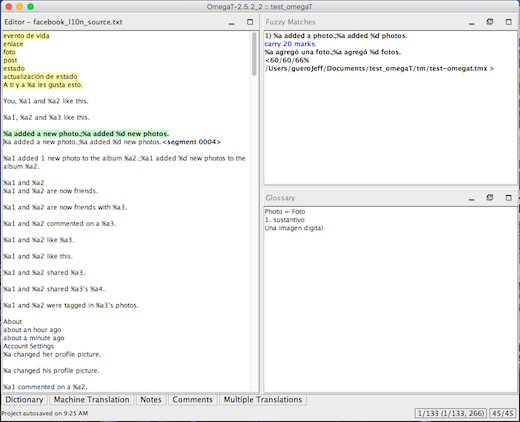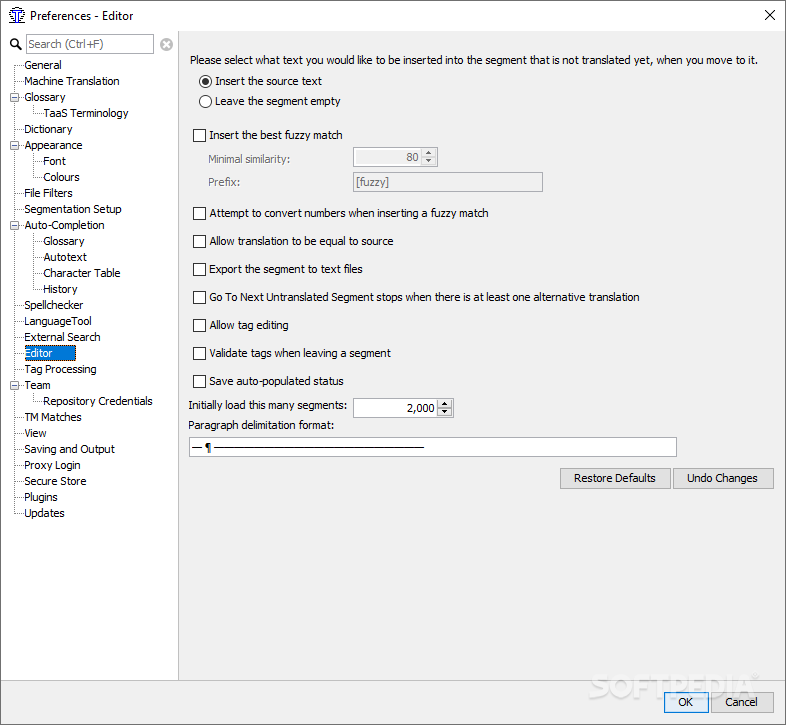

In the real world, however, you rarely haveĮxact matches - some words or forms in a selected segment vary from the If the segment in theĬurrent text is identical to the one stored in the translation memory, There are two types of matches: exact and fuzzy. The translator running the application can insert the closest matching translation into the text. When you select a segment for translation, OmegaT scans the translation memory for possible matches, and displays found matches in a separate window. Translated text into conceptual segments. (called ‘segments’) and their corresponding translations in a fileĬalled ‘translation memory.’ During translation OmegaT divides the OmegaT is a so-called translation memory application that is, itĭoesn’t translate texts for you. Understand how it, or any CAT tool, works. But a less-known, yet excellent, open source CAT application called OmegaT can help as well.īefore you begin exploring OmegaT yourself, you should
Microsoft translator omegat professional#
Many professional translators useĬomputer-assisted translation (CAT) tools such as TRADOS,ĭéjà Vu, and WordFast. Language translation (if they ever will!), they have become a common part of the translation process.
Microsoft translator omegat how to#
Turn translation in Microsoft Edge on or offīy default, Microsoft Edge will automatically prompt page translations.Īt the top corner of the browser, select Settings and more > Settings.Įnable or turn off Offer to translate pages that aren't in a language I read.īy default, Microsoft Edge uses the same language as your system. For more information about using different languages in Microsoft Edge, learn how to use Microsoft Edge in another language.Although computers have yet to take over the business of On the address bar, select the translate icon. Revert translated webpage back to original language In the Translate to menu, select which language you want to translate to. Select the translate icon in the address bar.


To translate the page into a different language: However, you'll still be able to translate it manually at any time. If you've set Microsoft Edge to never translate a specific language, you won't see an automatic pop-up prompting you to translate. If you select the translate icon in the address bar, the menu that appears also shows the status. Inside the address bar, you'll briefly see the status showing that the page has been translated. Note: You can manually return to this panel later, even if you select the option to Never translate. To skip translation, in the list on the lower right, select Not now to skip translation or Never translate to never have the panel appear when you go to a page using that language. To always automatically translate from the source language, select the Always translate from check box. The default is the language you've set for Microsoft Edge. In the Translate to dropdown, choose the language you want the page translated into. The browser will detect the language of the page and a menu will appear asking you to confirm that you want to translate the page. To add or remove languages from the list, in Microsoft Edge, go to Settings and more > Settings > Languages. A language is considered foreign to you if it's not included in your Preferred languages list in Settings. The Translate icon appears in the address bar when you go to a web page that’s written in a foreign language. If you open a page written in a different language than your preferred languages in settings, Microsoft Edge will automatically prompt you to translate it.


 0 kommentar(er)
0 kommentar(er)
